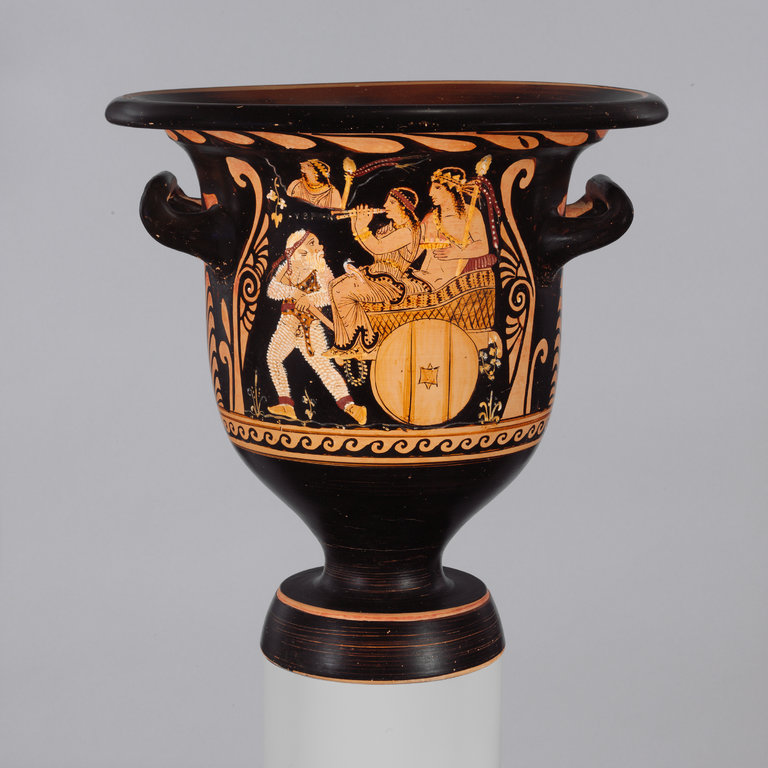
The year 1970 was pivotal for museums that collect objects and artifacts. That was the year a UNESCO (United Nations Educational, Scientific and Cultural Organization) Convention on the Means of Prohibiting and Preventing the Illicit Import, Export and Transfer of Ownership of Cultural Property voted to enforce methods of preventing the illicit acquisition of cultural property. Any items found to have been acquired after 1970 in the provenance records cease to be legitimate, unless accompanied by an official export license.
The decision has hit The Metropolitan Museum of Art hard for the second time within ten years. On July 24, 2017, investigators issued a warrant to the Met to seize from The Met’s Greco-Roman galleries a 2,300-year-old, vividly painted vase that depicts Dionysus riding in a cart pulled by a satyr. After reviewing evidence sent to them in May by Christos Tsirogiannis, a forensic archaeologist in Europe who tracks looted artifacts, prosecutors determined the vessel, called a krater, may have been looted by tomb raiders in Italy in 1970s.
In 2008, The Met returned the Euphronios Krater and 21 other objects to Rome after evidence surfaced they were acquired under similarly illicit circumstances. The New York Times reports, “Met officials said they believe, as do law enforcement officials, that both vessels went through the hands of Giacomo Medici, a 79-year-old Italian art dealer who was arrested in 1997 and convicted in 2004 of conspiracy to traffic in antiquities.” Medici denies any involvement with the latest case.
Experts date the latest vase to 360 B.C. and attribute it to the Greek artist Python, considered one of the two greatest vase painters of his day,” per the Times. The previous krater dates to 515 B.C. and was acquired by the The Met in 1972. It is one of about 30 surviving vessels by Euphronios and is considered one of the artist’s finest achievements. Though not as great a loss to The Met as the Euphronios, the Python vessel “is a remarkably intact survivor of an age when the Greeks colonized Paestum, a Mediterranean city in the Campania region south of Rome, and created temples and artworks of legendary beauty.”
“The museum has worked diligently to ensure a just resolution of this matter,” Kenneth Weine, a museum spokesman, said in a statement. Museum officials anticipate the Python krater, like the Euphronios, will be returned to Italy.

